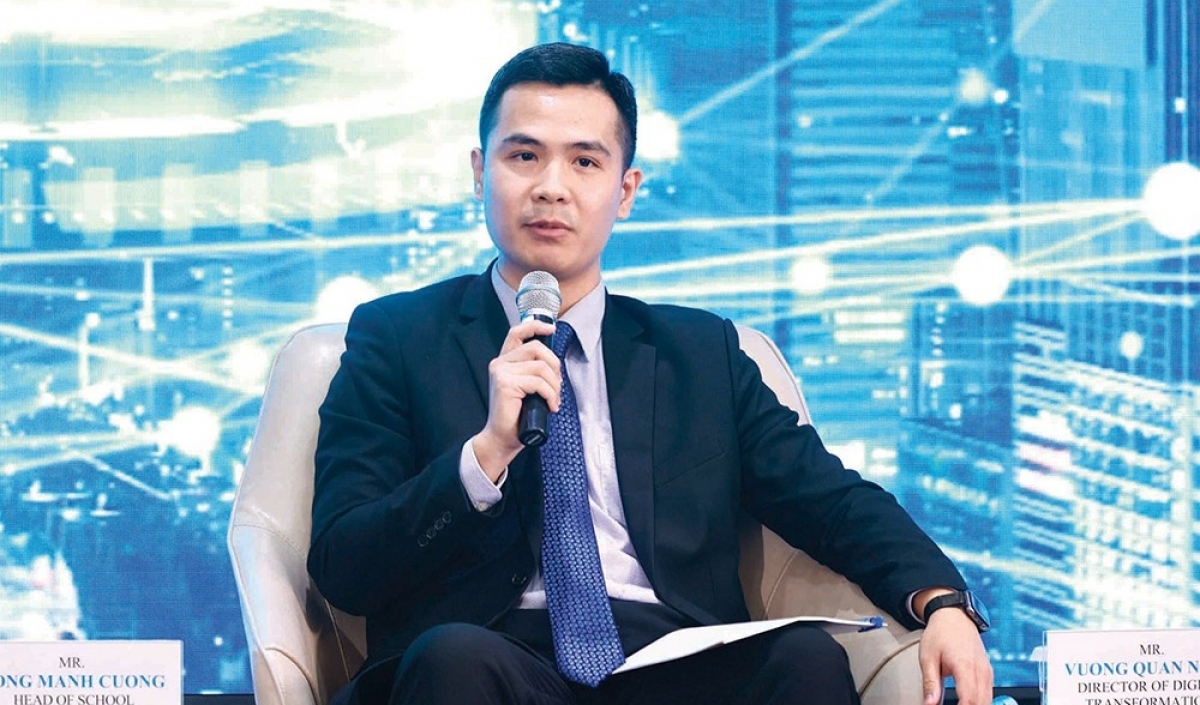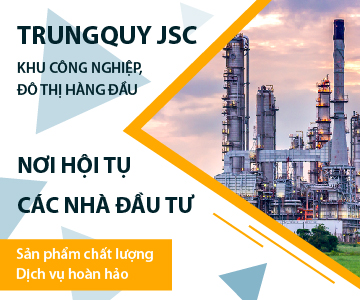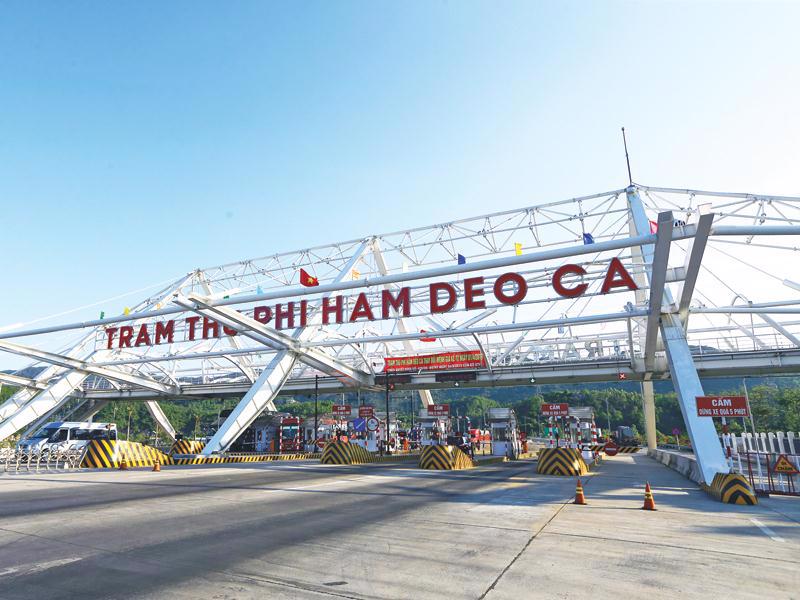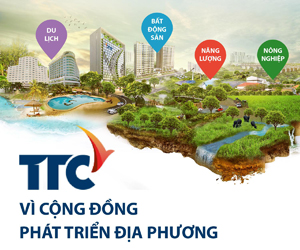INTERNATIONAL INVESTMENT
AND PORTAL
 Julien Curtet, managing partner, Index Partners
Julien Curtet, managing partner, Index Partners
The recovery is anchored by robust foreign direct investment, which reached $21.5 billion in the first half 2025 – a 32.6 per cent on-year increase. Manufacturing accounted for $12.1 billion, or 61 per cent of inflows, underscoring Vietnam’s enduring appeal as a global manufacturing hub.
Real estate remains the most active sector, fuelled by regulatory reforms and urban expansion. The Land Law 2024 and provincial administrative mergers are unlocking peri-urban merger and acquisition (M&A) opportunities tied to master planning and infrastructure upgrades. Capitaland’s $553 million Binh Duong acquisition highlights investor confidence in large-scale projects under clearer land-use frameworks.
Increasingly, joint-venture structures – through phased acquisitions and partial transfers – are being used to balance execution risk and optimise capital deployment.
In healthcare, activity remains robust in high-margin specialities such as ophthalmology, oncology, and dental care – highlighted by Dale Investment’s $31 million acquisition of 73.15 per cent of Tam Tri Medical. Vietnam’s healthcare sector continues to attract foreign and private equity interest, particularly in private hospitals and speciality clinics. The country imposes no foreign ownership cap on private hospitals and clinics, facilitating inbound investments.
Tech-driven deals also accelerated over the last couple of months. GS Microelectronics’ purchase of Sinble Technology Vietnam and AI Hay’s $10 million Series A round illustrate growing focus on domestic semiconductor design and AI platforms. SpaceX’s $1.5 billion commitment to broadband infrastructure is a landmark move, while new regulatory clarity on data centres and telecom towers is paving the way for platform-scale M&A in cloud, edge computing, and the Internet of Things.
Vietnam’s manufacturing sector staged a clear recovery in mid-2025, with the Purchasing Managers’ Index climbing to 52.4 points in September from 48.9 in June, indicating a return to expansion. Export growth of 14.4 per cent on-year in the first half further reinforced the sector’s resilience amid global trade uncertainty.
While activity spans multiple industrial segments, food and beverage manufacturing also drew investor attention, illustrated by UOB Venture Management’s investment in Bien Hoa Consumer.
The consumer sector remains underpinned by solid fundamentals, with retail sales up 9.3 per cent in 2024 and momentum in the first half of 2025. Masan’s WinCommerce is opening nearly 50 WinMart+ stores per month, driving penetration into both urban and rural areas. Central Retail announced a $1.38 billion multi-year plan focused on store expansion and omnichannel growth, while 7-Eleven entered Hanoi with its first store in the capital, extending beyond its Ho Chi Minh City base.
On the M&A side, appetite is selective: Golden Gate’s The Coffee House attracted new funding, reflecting continued interest in Vietnam’s dynamic coffee chain segment, while TPG’s investment in Hasfarm Holdings highlights foreign capital’s focus on scalable food and agribusiness platforms.
Vietnam enters the latter stage of 2025 with a convergence of regulatory reform, macroeconomic support, and sector-specific growth. Currency volatility and administrative changes such as provincial mergers may slow deal execution in the short term, but they are laying the groundwork for a more transparent and efficient investment environment.
Investor confidence is being reinforced by new regulatory clarity. The Land Law 2024 and the Digital Technology Industry Law, effective since June, provide clearer frameworks and eliminate longstanding barriers. The removal of foreign ownership caps in e-services and data centres is particularly significant, aligning Vietnam more closely with global standards and opening the door for larger-scale capital deployment.
These legal changes are underpinned by robust macroeconomic policy. The government is targeting GDP growth above 8 per cent in 2025, supported by a planned 16 per cent expansion in credit and a 16 per cent increase in public investment. This mix strengthens liquidity, accelerates infrastructure development, and sustains Vietnam’s position as one of Asia’s most dynamic emerging markets.
Momentum is also visible at the sector level. Urban development and greenfield real estate continue to attract strong inflows, AI and semiconductor platforms are scaling rapidly with government incentives and private capital, consumer and retail expansion is led by franchise models and modern trade networks, and healthcare consolidation is advancing under private equity sponsorship.
Taken together, these dynamics suggest a supportive environment for deal flow in the rest of 2025. The key risks remain global trade policy shifts and transitional frictions from domestic restructuring, but the long-term trajectory remains clearly upward.
